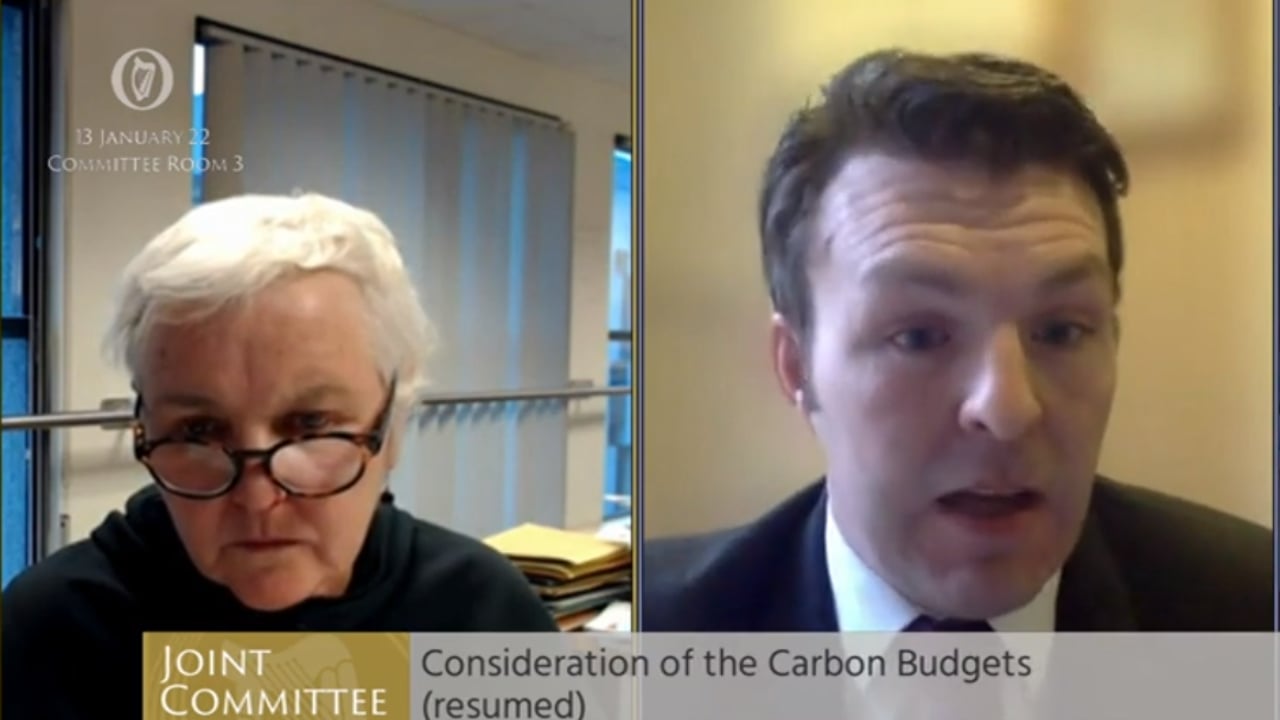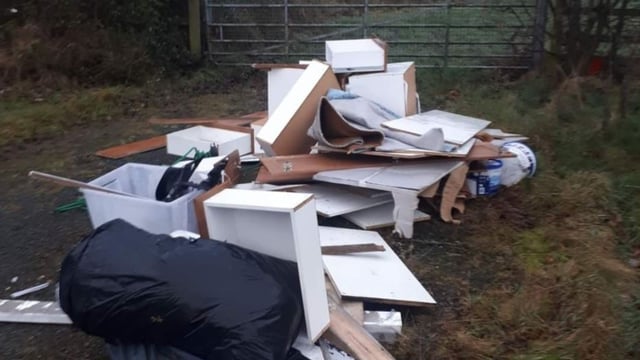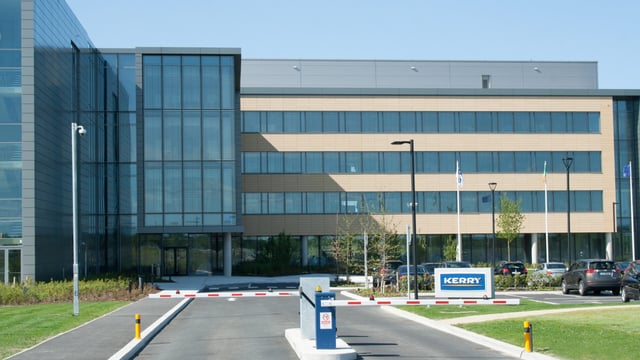IFA wants 'minimum emissions-reduction target of 22%'
The Irish Farmers' Association (IFA) has told the Joint Oireachtas Committee on Environment and Climate Action (JOCECA) that the minimum emissions-reduction target set for the agriculture sector of 22% is what it is seeking for farmers.
Achieving the upper end of the proposed scale - 30% - will present a huge challenge based on timeframe and technical issues, it said.
Published in October 2021 by the Climate Change Advisory Council (CCAC), Ireland's carbon budgets were referred to the JOCECA in December 2021 by the Minister for the Environment, Climate and Communications, Eamon Ryan. They outline the path to achieving a 51% reduction in greenhouse gas (GHG) emissions by 2030. For the agricultural sector, the CCAC has recommended a 22-30% emissions-reduction target.
Representing the IFA at one of a series of recent carbon budget-meetings at the JOCECA, deputy president of the IFA, Brian Rushe said that "it is vital that the minimum reduction target of 22% is attributed to agriculture, in recognition of the economic and social importance of the sector, the technical challenges to reduce emissions, as well as the timeframe required for adoption".
He also said that, according to Teagasc, there is no prospect in the current decade of scientific solutions alone being capable of delivering agricultural GHG emission-reductions of the magnitude required to meet the higher target.
Rushe outlined a number of ways in which Irish agriculture is already performing favourably for the environment such as:
Additionally, he pointed out that 33% of Ireland's land is farmed under agri-environment measures compared to a 13% average across the EU; and he highlighted the reduction of farmers' carbon footprint through Origin Green.
He acknowledged that agricultural emissions accounted for 37% of total greenhouse gas (GHG) emissions in 2020, but highlighted that although Irish farms have increased their output by approximately 40% since 1990, total agricultural emissions by the sector have remained relatively static.
In 1990, the sector was responsible for 19.5 million tonnes CO2e, while in 2020, that figure rose to just 21.4 million tonnes CO2e, he said.
"The increased production was achieved by improving efficiency and reducing the emission intensity of Ireland’s food production model.
"The emissions footprint per kilogramme of Irish milk and meat are low by international standards, with one EU study showing Irish milk to have the joint lowest carbon footprint in the EU and the fifth lowest footprint for beef."
When it came to question time by members of the JOCECA, People Before Profit TD, Deputy Bríd Smith quizzed the IFA about why the association compares itself to the transport and aviation industries regarding the emissions it is responsible for.
The IFA's director of policy, Tadhg Buckley explained that doing so provides context especially due the nature of the commentary around agriculture and its role in climate change.
Farmers, all around the country, feel completely scapegoated in this debate, he said.
"Absolutely, we have a role to play but the growth in cattle numbers is at a very, very small level over the last 30 years, relative to [growth in] other parts of the economy.
"If you look at the emissions from agriculture from 1990 versus 2019, they are more or less the same by Environmental Protection Agency numbers.
"And when you speak about the growth in dairy, milk quotas were in place for 30 years, so the growth that has happened over the last few years is simply because there was absolutely no growth for 30 years," he said.
But, director of Friends of the Earth Ireland, Oisín Coghlan said the agriculture sector is not being scapegoated at all.
He acknowledged that until recently, emissions from agriculture had not increased in the same way as they had within transport, for example.
"Nor have they fallen, like electricity emissions have," he also pointed out.
"The issue now is that we have this collective target and obligation to reduce total emissions by 51%.
"When you look at the indicative emissions ranges, contrary to how the IFA presents it, the agriculture sector is not being scapegoated.
"The plan is to give the agricultural sector the least demanding emissions-reductions cuts of 22-30%, compared to other sectors - 70-80% in electricity and around 45-55% on average per sector.
"The easier ends won't do, all sectors will have to meet the higher end. And every tonne not met by one sector will have to be met by another sector," he said.





